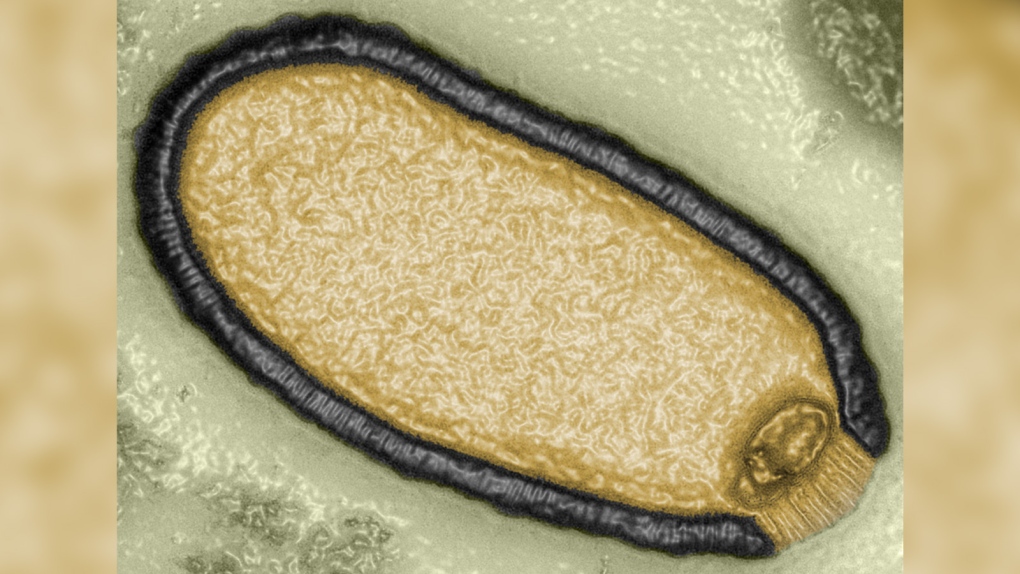Scientists Revive "Zombie" Virus After 48,500 Years In Arctic Permafrost
Scientists revive "zombie" virus after 48,500 years in Arctic permafrost successfully. The virus, known as Pithovirus sibericum, was discovered in Siberia and is believed to have infected amoebas during the prehistoric era.
Author:Paula M. GrahamReviewer:Hajra ShannonMar 12, 20233.2K Shares105.2K Views

Scientists revive "zombie" virus after 48,500 years in Arctic permafrost successfully. The virus, known as Pithovirus sibericum, was discovered in Siberia and is believed to have infected amoebas during the prehistoric era.
The virus was found in the permafrost, which is soil that remains frozen year-round. As global temperatures rise and the permafrost thaws, scientists fear that more ancient viruses and bacteria could be released, potentially posing a risk to humans and animals.
According to a study published in the Proceedings of the National Academy of Sciences, the virus was brought back to life by French researchers who thawed the virus and injected it into amoebas. The amoebas were then infected with the virus, proving that it could still be infectious after all those years.
While the virus poses no immediate threat to humans, scientists warn that it serves as a reminder of the potential risks of climate change. As the permafrost thaws, more viruses and bacteria could be released, some of which may have been dormant for thousands of years.
It's not the first time that scientists have revived ancient viruses. In 2005, researchers revived a 1918 flu virus that had been frozen in Alaska for almost 90 years. The virus was able to infect and kill mice.
Some experts argue that the discovery of ancient viruses could lead to new treatments for diseases. For example, scientists could study the genetic makeup of ancient viruses to better understand how viruses evolve and adapt.
However, others warn that the risks of releasing ancient viruses and bacteria are too great. As the permafrost thaws, it's possible that viruses and bacteria could infect animals and humans, potentially causing widespread illness.
The discovery of the Pithovirus sibericum has raised concerns about the potential dangers of global warming and melting permafrost. As the Arctic continues to experience warmer temperatures, the permafrost that has been frozen for thousands of years is starting to thaw, releasing ancient viruses and bacteria that have been dormant for centuries.
Although the Pithovirus sibericum poses no immediate threat to humans, the potential risk of other ancient viruses becoming active cannot be ignored. With climate change being a major concern, scientists are urging governments and policymakers to take immediate action to mitigate the risks associated with melting permafrost.
One way to prevent the release of ancient viruses is to reduce carbon emissions and limit global warming. It is essential to work towards reducing the carbon footprint, including reducing the use of fossil fuels, supporting renewable energy, and implementing policies that prioritize environmental conservation and protection.
Additionally, more research should be conducted to better understand the viruses and bacteria that lie within the permafrost. This research could lead to new treatments for diseases and help in the development of effective strategies for managing potential outbreaks.
Conclusion
The discovery of the "zombie" virus is both fascinating and concerning. While it may provide insight into the evolution of viruses, it also highlights the potential risks of climate change. As global temperatures continue to rise, it's important for scientists to closely monitor the permafrost and the viruses and bacteria that lie within.
Jump to

Paula M. Graham
Author

Hajra Shannon
Reviewer
Latest Articles
Popular Articles
